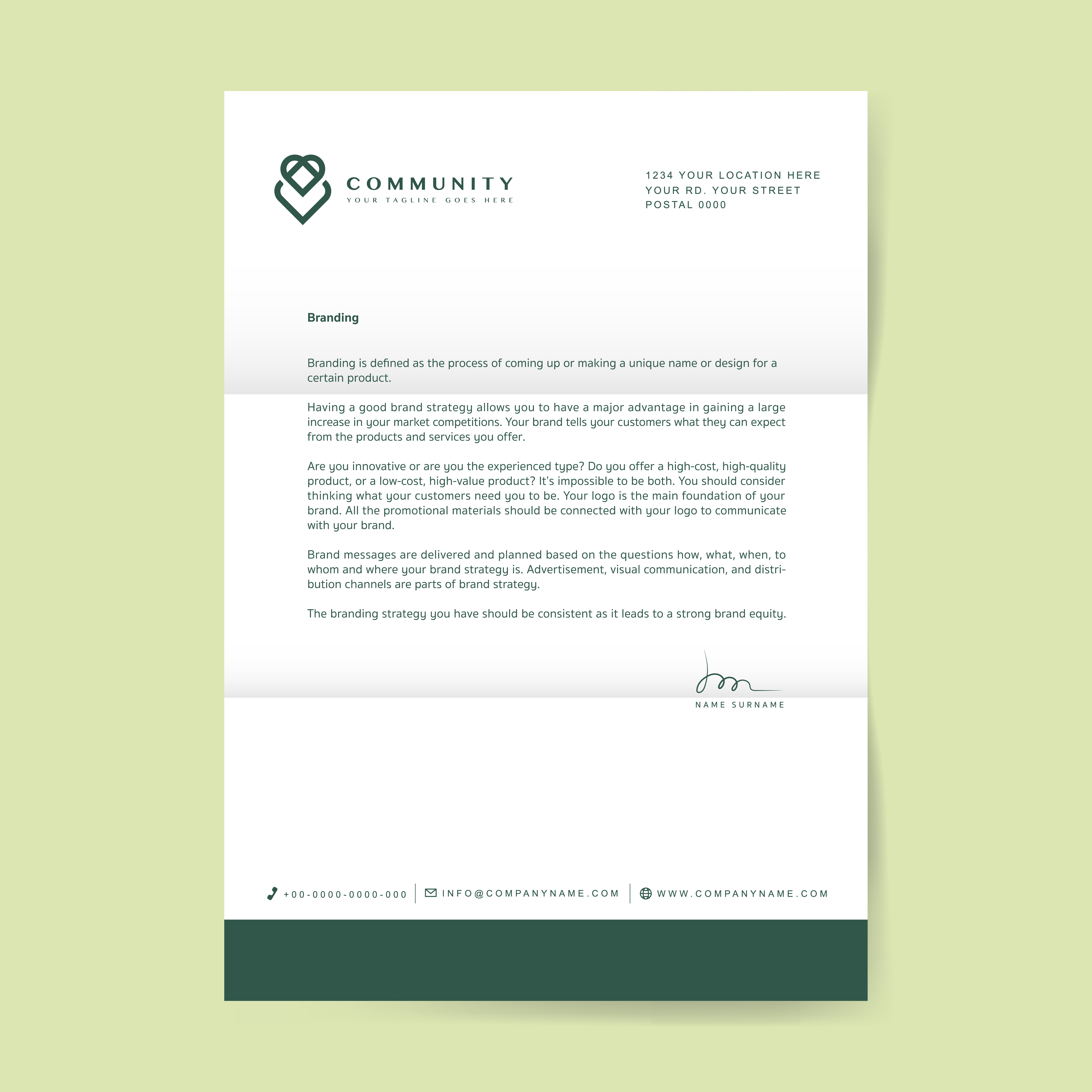
By clicking on a specific country, the map reorients itself to mute other countries, and then does the same at the state and city level. Google Analytics presents a drill-down style for its world maps. The drill-down clearly groups information of magnitudes ranging anywhere from the “big picture” down to an individual case. When the user has to move through various levels of specificity of data, a drill-down style of navigation is commonly offered. Keep in mind that mixing and matching most of these methods is possible one does not necessarily preclude use of others. Below are some the of the most common among modern interactive maps. Other than panning and scrolling, there are a number of interesting ways to present digital maps. Contextual menus do not make legends obsolete across the board, just for simple “points of interest.” Common Types Of Map Navigation Heat maps, for example, display intensity by shade of color, and users usually require a reference bar to make sense of the information. Legends are still needed in certain cases. To illustrate just how intuitive this kind of action has become to Web users, try out the “ America’s Best Adventures” map below:Ĭlicking a dot brings up a contextual window. The results in fewer steps and less eye movement to accomplish the same goal. Instead of having to refer to an explanation of the symbol in the margins, the user simply clicks on a point to find out more about it.
#Webmap design sample windows
Contextual windows eliminate the need for legends in many online maps. On traditional print maps, the legend serves as a translator for the symbols used. These actions enable the user to focus their browser on the amount of information that they’re comfortable with. Panning and zooming are fundamental to the interactive map. With online interactive maps, the simple action of moving sliders around reveals relationships between data and content. If a print map is not clear initially, a person can do very little to make sense of it. These are advantages that traditional print maps do not have. Showing relationships between data is easier when the user has the power to change the visuals. Interactive maps on the Internet present data most effectively when they invite action from the user. One of the most rapidly improving tools for interactive presentation is the map. The expansion of Web technology over the past decade has opened a number of doors to presenting data online.

Three main areas seem to represent the majority of tasks:

#Webmap design sample how to
Now that we’ve climbed the conceptual tree of a UX sitemap, I hope you’ve reached new heights on how to improve the UX design of your website or application.This isn’t a lesson in cartography, but understanding the purposes that maps can serve in modern Web design is important.
#Webmap design sample full

To surface those pages, consider using a mega menu that groups links into sub-categories to improve scanning.įor large sized (1,000+ pages), consider creating a deep sitemap to help house all the information, with 5+ vertical levels. The flattest sitemap consists of 1 vertical level, where different sections are placed on one page.įor medium sized (100+ pages), you can still create a flat sitemap but with a wider row of secondary pages. Flat sitemaps enhance discoverability of content because there are fewer levels to click through. For a small website or application (10+ pages) consider creating a flat sitemap, with 4 or less vertical levels.


 0 kommentar(er)
0 kommentar(er)
